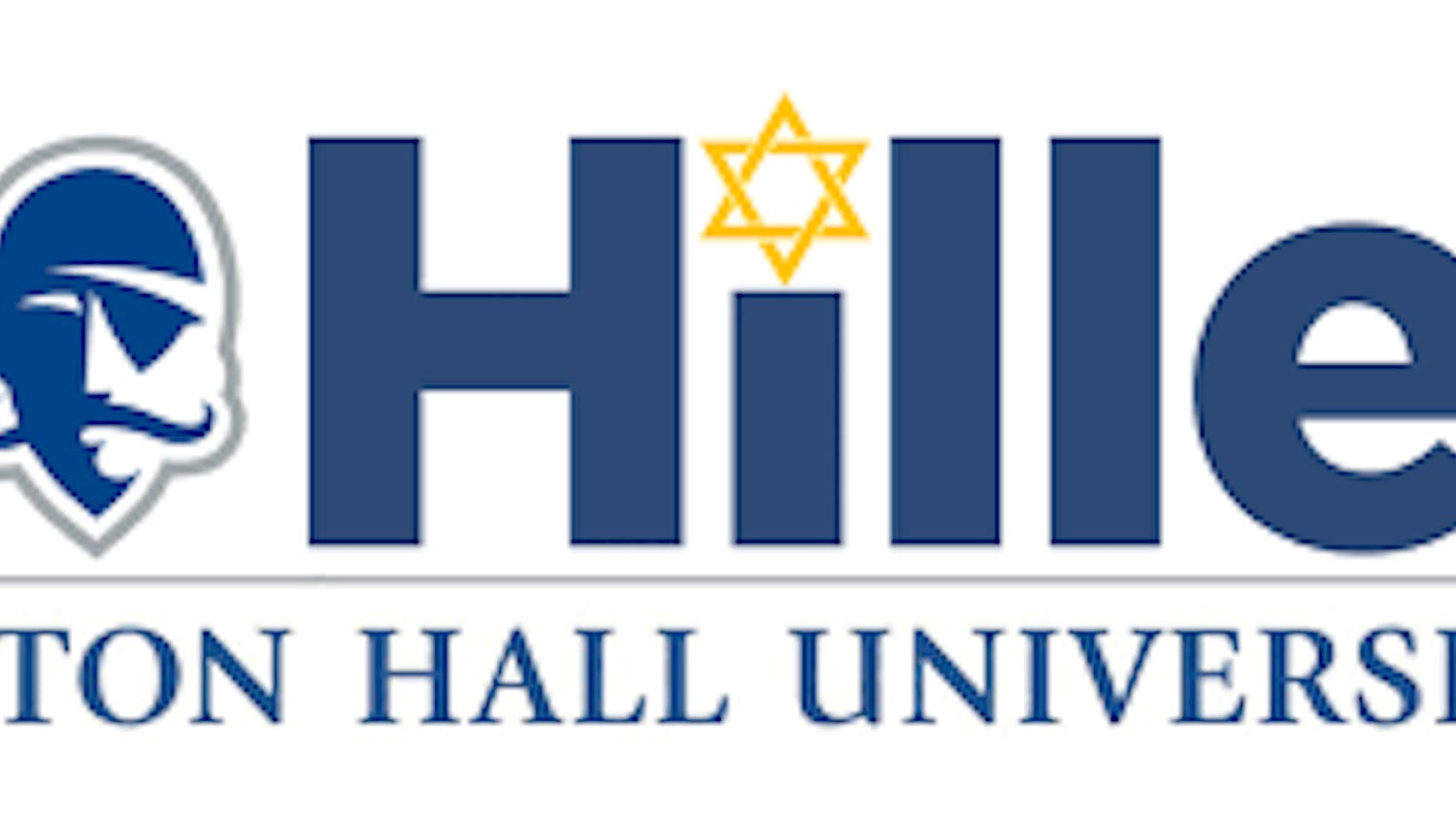Seton Hall announced the launch of four new STEM programs this year: a Master of Science (M.S.) in molecular bioscience, and three dual-degree (3+2) programs: the B.S. biology/M.S. molecular bioscience, the B.S. chemistry/M.S. chemistry, and B.S. physics/M.S. applied physics and engineering.
The new master’s program blends the former M.S. in biology and M.S. in microbiology programs into one curriculum. It starts with a foundation of biostatistics and biology and then allows the students to continue with a general course of study or concentrate on neuroscience or microbiology.
Based on whichever path students choose, they can select either a laboratory-based experience with a research thesis or a coursework-oriented experience with a library thesis. Courses within this program cover a wide spectrum, including cell and developmental biology, microbiology, molecular biology, genetics, pharmacology, toxicology, molecular ecology, immunology, and bioinformatics.
“The standalone M.S. program is ideal for students who have completed their bachelor’s degree and want to specialize further,” said Prof. Tinchun Tina Chu, professor and director of graduate studies in the Department of Biological Sciences. “It offers a deeper focus on advanced coursework and research.”
According to Chu, this program is more flexible for students who have not decided on a dual-degree path early on.
The dual degree in B.S. biology/M.S. molecular bioscience allows students to earn their bachelor’s in biology and their M.S. in molecular bioscience with only one additional year of coursework.
Through this accelerated curriculum, both degrees can be earned in five years. Students first complete the B.S. in biology, then transition into the graduate phase of the dual-degree program after their junior year. They then begin to take graduate coursework in their senior year before completing the master’s degree program in their fifth and final year.
Chu said 3+2 students follow an accelerated undergraduate schedule, taking nine to 10 additional credits each semester in their final two years to jumpstart advanced coursework.
“Additionally, students in the dual-degree programs may begin research much earlier and continue for a longer duration than those in the standalone M.S. program,” Chu said. “This extended hands-on experience gives them a competitive edge when applying for jobs or further studies.”
Ahmed Sultan, a freshman biology major, is part of the 3+2 program.
“The program is definitely worth it if you’re interested in the intricacies of biology,” Sultan said. “It’s streamlined, and a lot of the professors do their part.”
Another new program offered is the dual-degree B.S. chemistry/M.S. chemistry. This five-year program combines the skills students obtain during their undergraduate studies with advanced, fundamental knowledge of physical and organic chemistry.
On completion of the program, students will receive an American Chemical Society (ACS) certification for the B.S. in chemistry, which is considered the gold standard for bachelor-level chemistry degrees in the U.S.
The B.S./M.S. dual chemistry degree came about from requests from former students, according to Dr. Wyatt Murphy, a professor in the department of chemistry and biochemistry.
The master’s degree in chemistry offers the best balance for employment opportunities and salaries with the time commitment to education, Murphy said. He added that while the bachelor’s degree is still highly employable, the starting salary is lower, and the promotion opportunities are limited without the master’s.
“We have found that many chemistry and biochemistry majors arrive at Seton Hall with many advanced placement credits, so they can graduate with a B.S. in three years,” Murphy said. “While we encourage early graduation whenever possible, the dual-degree program lets the students gain extra credentials and laboratory experience.”
Within the B.S. physics/M.S. applied physics and engineering program, students receive both degrees within five years. In their first year, students take Calculus I and Principles of Physics, following the B.S. in physics curriculum structure. After finishing 105 credits with a minimum GPA of 3.0, students apply to begin graduate courses in the fall of their senior year.
During their seventh semester, students start by taking one graduate elective course and complete their bachelor’s degree at the end of the seventh semester. With 27 graduate credits remaining, students start their eighth semester with Electricity and Magnetism II and two graduate electives. This leaves 18 credits remaining to complete their master’s degree in the fifth and final year of the program.
Prof. Erie Morales, a visiting assistant professor in the physics department, said that while most universities use a physics master’s program as a transition into a Ph.D. program, SHU “offers a standalone master’s program that is practical in essence.”
Graduate student Musab Siddiqui is currently completing his master’s in applied physics and engineering. He said that the work he is doing is valuable, while still being manageable as a student who commutes from Long Island, New York.
“We don’t have that much work, but as I am working as a [teaching assistant] in labs, checking papers and conducting labs is extra work, but it can enhance your teaching and communication skills,” Siddiqui said. “I take this work as an opportunity.”
Allison Bennett is a writer for The Setonian’s News section. She can be reached at allison.bennett@student.shu.edu.





